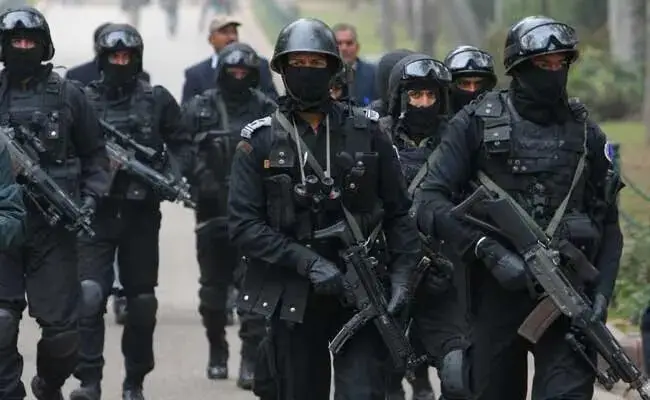In a significant escalation of the ongoing ethnic conflict in Manipur, the National Security Guard (NSG), often referred to as India’s premier counter-terrorism force, has been called upon to address the novel threat of drone attacks. This deployment comes in the wake of recent incidents where drones, suspected to be operated by militants, were used to drop explosives, marking a dangerous new phase in the region’s security challenges.
The violence in Manipur, which has seen over 225 deaths and thousands displaced since it erupted in May 2023, has primarily been between the Meitei community and the Kuki tribes. However, the introduction of drones as a weapon of choice has alarmed security forces and prompted a reevaluation of the state’s defense strategies.
Manipur’s Director General of Police, Rajiv Singh, has underscored the gravity of the situation, stating that the state police, despite their efforts, cannot manage the situation alone. This admission led to the involvement of central forces, with 198 companies already deployed across the state, alongside the Assam Rifles. The deployment of NSG experts signifies a recognition of the need for specialized anti-drone technology and tactics.
The drones in question, according to government officials, appear to be commercially available models, modified to carry and drop explosives. This revelation has sparked concerns over the accessibility of such technology and its potential misuse in conflict zones. Experts from IIT have been summoned to examine the seized drones, aiming to understand the modifications made and possibly trace any foreign involvement or technology transfer.
The use of drones in Manipur represents not just a tactical shift in the conflict but also poses a broader security threat. The Manipur government, along with central agencies, has been proactive in seeking solutions, with anti-drone systems being installed and consultations with NSG for more advanced countermeasures.
This development has not only heightened the security discourse within India but also internationally, as it showcases a worrying trend where non-state actors utilize increasingly sophisticated technology in regional conflicts. The deployment of NSG, therefore, isn’t just about quelling the immediate threat but also about setting a precedent for dealing with future aerial threats from drones in conflict zones across the country.
The situation in Manipur, with its complex ethnic undercurrents, now faces an additional layer of complexity with these drone attacks, pushing the boundaries of conventional conflict management. As the state and central forces adapt to this new reality, the eyes of the nation and possibly the world are on how this crisis is managed, setting a potential template for counter-drone warfare strategies globally.



